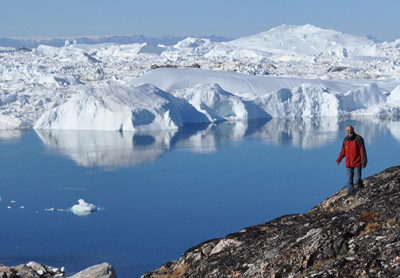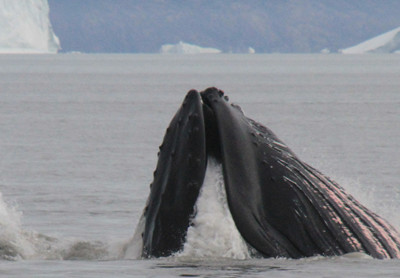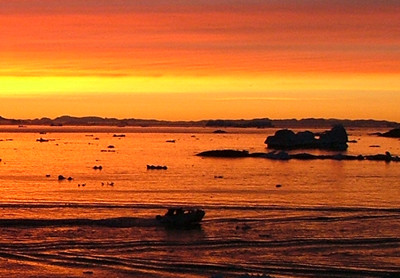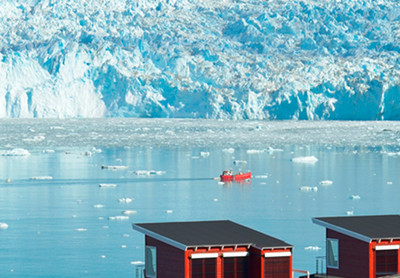History of Whales in Greenland
.jpg)
Our Fascination with Whales
.jpg)
When can you see whales?
About 15 species of whale can be found regularly in Greenlandic waters. From early summer it’s teeming with whales. Disko Bay is one of the best places in Greenland to see whales, especially minke, fin and humpback whales. The blue whale and killer whale are occasionally seen.
Only three of the total of 15 whale species overwinter in Greenland. These winter residents are the beluga whale, the narwhal and the Greenland whale. The Greenland whale can also be seen in spring, especially around Disko Island.
Experience Whales and Icebergs by Sea
Sailing in Greenlandic waters is a very special experience. Imagine sailing among the majestic icebergs and suddenly spotting a whale tail.
During any icefjord boat trip you have good opportunities to spot whales, and if you choose a whale safari, the skipper purposely seeks whales in the places where they’re most often seen, giving you even better viewing opportunities.
Whale safari boats sail as close as permitted to the whales, in a safe and quiet manner so as not to disturb them. However, you’ll often find humpback whales are as curious about us, as we are about them, and they sometimes swim close to the boats to get a better look at us!
The combination of whales and icebergs means you’ll have an exciting and memorable experience forever, not to mention some amazing photos.
.jpg)
Humpback Whale
It is typically the humpback whale that you’ll see during summer in Greenland and it is definitely the most photographed whale. Some years humpbacks are found more around Nuuk, but in recent years there has been a large concentration in Disko Bay.
Females are pregnant for almost a year and give birth to only 1 calf at a time. Like many whales, the humpback whale was previously a threatened species and listed for conservation. Today it is no longer considered endangered.
Brief facts:
Length: 11 - 17 m (males) and 11 - 19 m (females)
Weight: 30 - 35 tonnes
Type of whale: Baleen whale
Lifespan: 50 - 60 years
Period in Greenland: Summer months (June-July-August and slightly into September)
Food: Krill and shoal fish (up to 1 tonne per day)
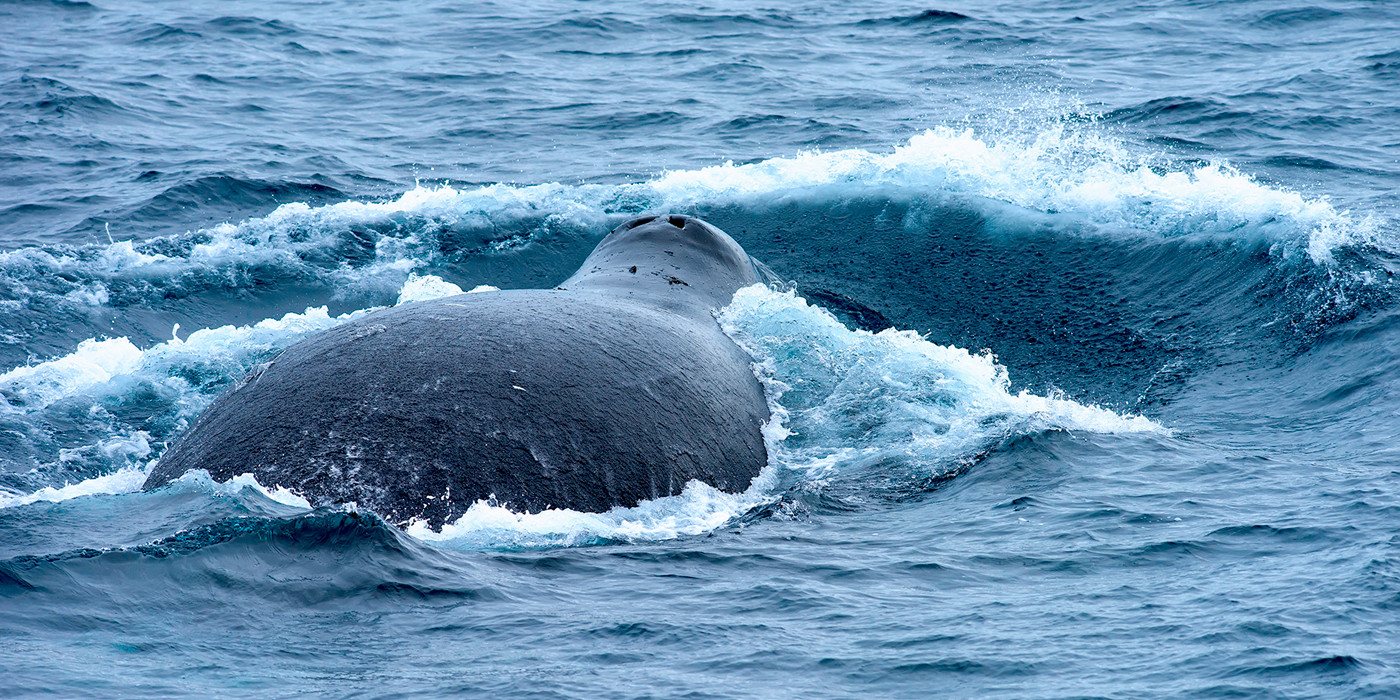
Greenland Whale
The Greenland whale has no dorsal fin, can grow up to 15 metres long, weigh up to 50 tonnes and is insulated with a 60 – 80 cm thick layer of blubber.
After the whalers' heyday (1600-1800), the Greenland whale almost became extinct and was subsequently protected until recently. Today you count up to 1300 in Disko Bay (West Greenland) where it returns yearly in April-May to mate and breed. Pregnancy lasts for a year, with only 1 calf born every 3 to 4 years. At birth the calf is about 4 metres long.
They can live up to 200 years and are over 20 years old before they reach sexual maturity.
This species is no longer considered threatened, despite the population being relatively low.
Greenland’s hunting quota in 2017 was 4 Greenland whales.
Brief facts:
Length: 15 - 18 m
Weight: 80 - 100 tonnes
Type of whale: Baleen whale
Lifespan: 150 - 200 years
Period in Greenland: April-May
Food: zooplankton

.jpg)
